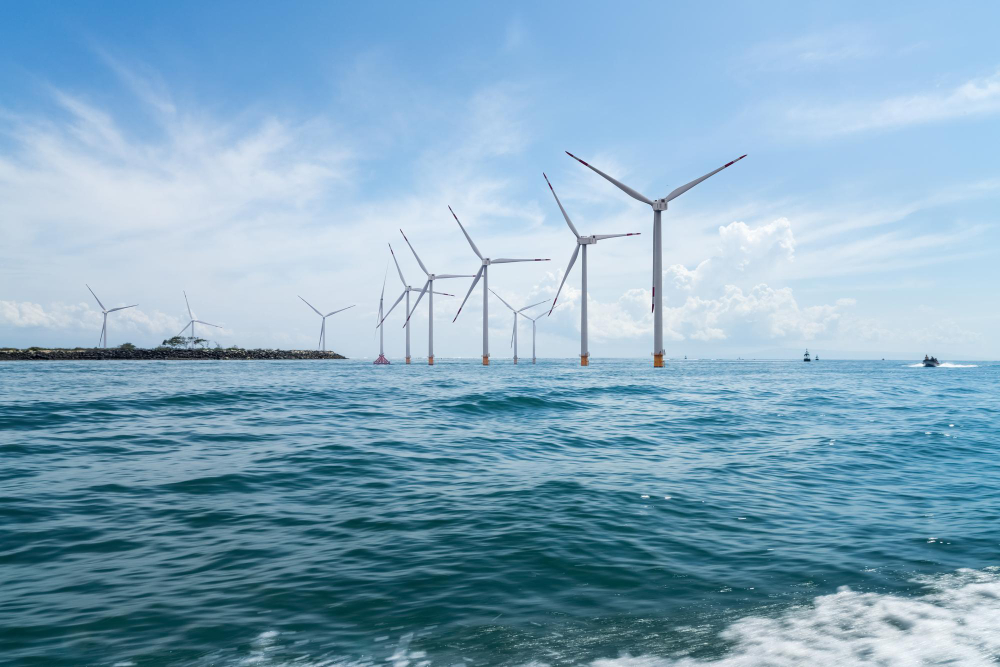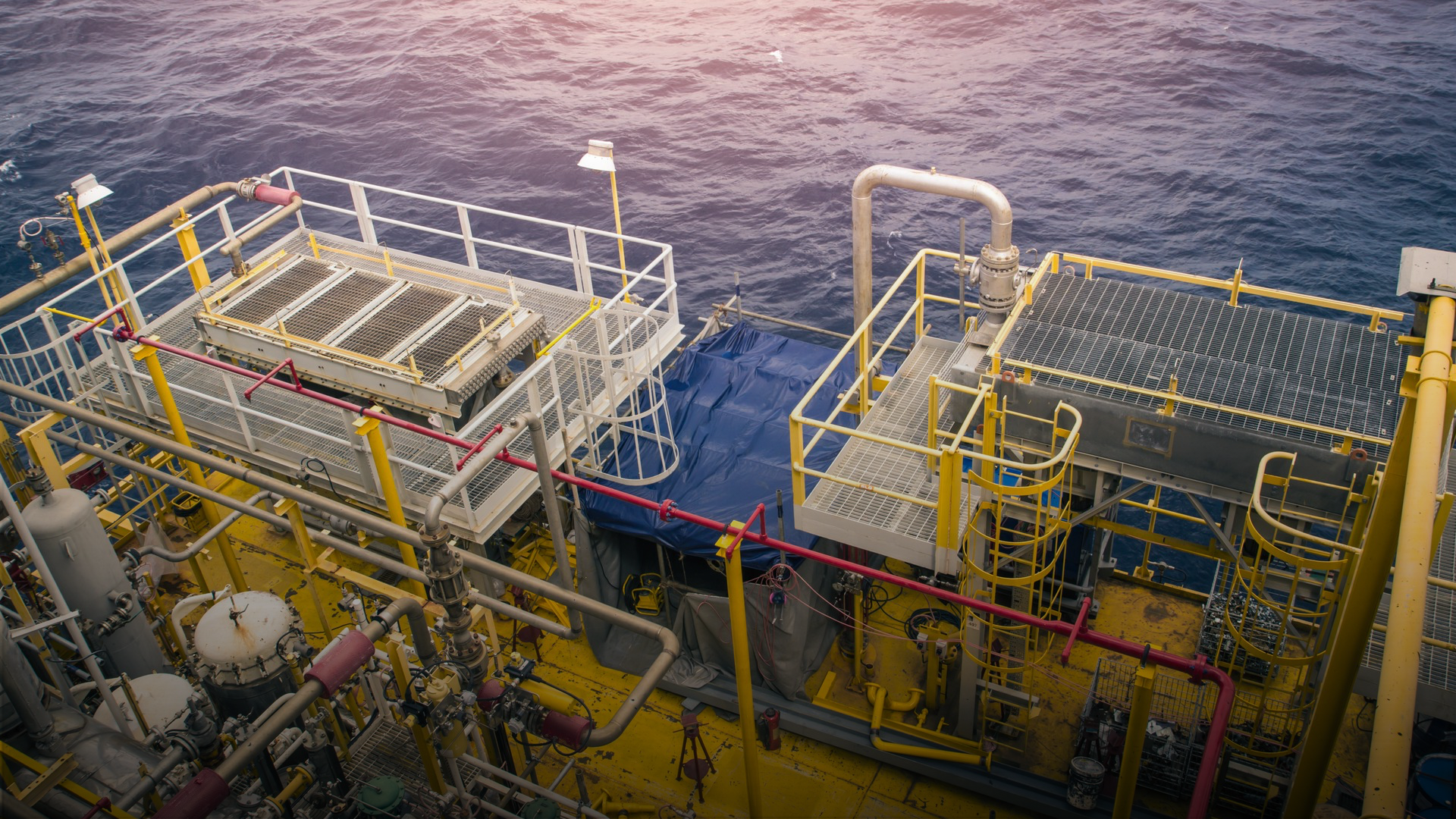Germany’s ambitious plans for offshore wind power expansion could potentially occupy up to one quarter of the country’s exclusive economic zone in the North Sea and the Baltic Sea, according to the Federal Maritime and Hydrographic Agency (BSH).
BSH head, Helge Heegewaldt, emphasized that while this expansion would drastically change the use of the sea, offshore wind remains a crucial component of the nation’s energy transition efforts.
Currently, Germany boasts 8 gigawatts (GW) of offshore wind capacity, with plans to reach 30 GW by 2030 and 70 GW by 2045 as part of its climate neutrality goals.
However, achieving these targets will require a significant increase in the number of offshore turbines, with estimates suggesting that around 13,000 turbines will be needed. Nico Nolte, a BSH department leader, reassured that despite the expanded area usage, environmental standards will not be compromised.
The BSH also highlighted the pressing environmental challenges facing the North Sea and Baltic Sea ecosystems, citing rising sea levels and increased storm tides as significant threats.
The agency noted that 2023 saw record-high water levels in the Baltic Sea and a sharp rise in storm tides in the North Sea, with September of that year being the warmest on record since 1969.
As Germany grapples with the dual challenges of climate change and energy transition, the offshore wind sector emerges as a key battleground in the country’s efforts to reduce carbon emissions and secure a sustainable energy future.




